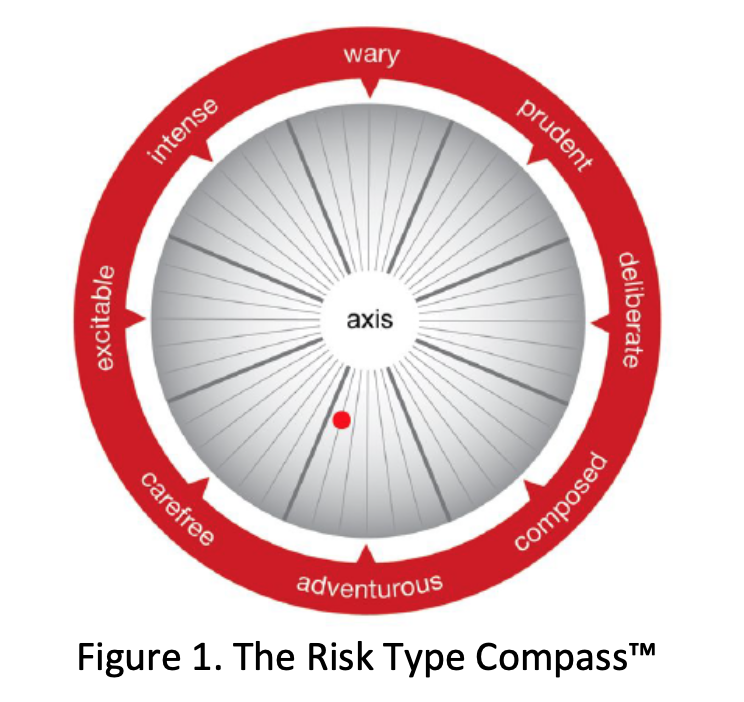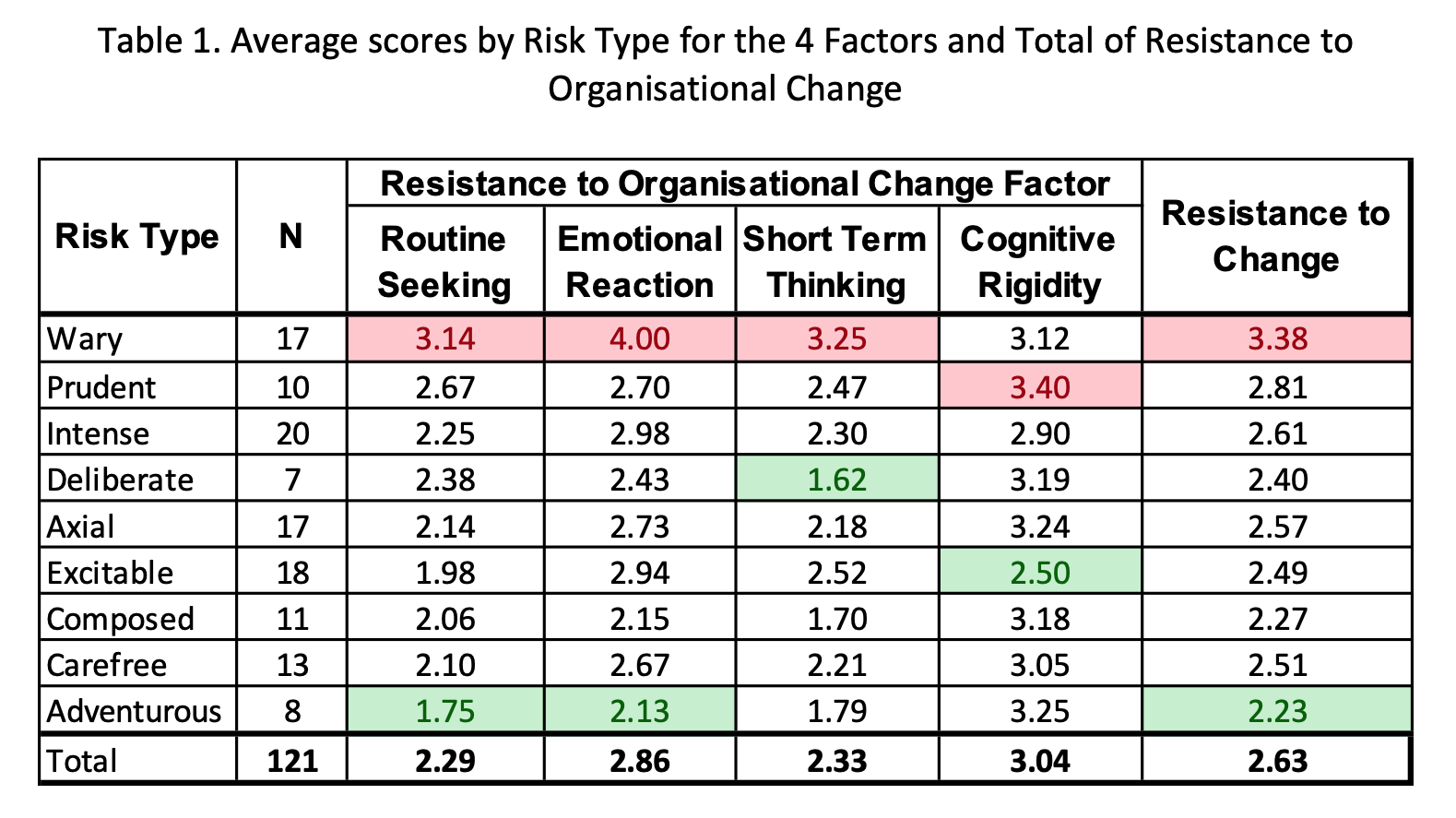Please Note: a more in-depth breakdown of this project’s findings can be accessed here, and further information on the Risk Type Compass™ can be found here.
The Change Management Landscape
The importance of organisational change has risen steadily in recent years. Globalisation, technological advances, emerging markets, political changes – all these factors have increased the need for successful change management practices. Change management is an ongoing priority, yet many change processes continue to fail – with the workforce often taking at least some of the blame.
Our research adopted a psychological perspective on this issue to better understand why people may resist the need for, or implementation of, organisational change. The Risk Type Compass™ was used to assess individual risk disposition and how this can have far-reaching effects at team, department and even organisational levels.
The Risk Type Compass™
The Risk Type Compass™ is a personality assessment that evaluates differences in the way individuals perceive, react to, and manage risk. These differences are expressed by an individual’s Risk Type and can have sizeable ramifications for how we think and behave. An individual’s Risk Type is represented by a red dot on the Compass graphic – see Figure 1. below.

Each Risk Type’s level of risk tolerance broadly aligns with their vertical position on the Compass graphic: the Wary Risk Types, at the top of the Compass, possess the lowest tolerance for risk, while the Adventurous Risk Types, at the bottom of the Compass, are the most risk tolerant. Our data indicates that Risk Types are relatively evenly distributed across the general population.
The Research
Participants’ dispositional inclination to resist organisational change was assessed using Oreg’s (2003) four-factor scale. Table 1. below presents factor- and scale- level findings from an analysis of 121 particpants.

The table highlights the lowest (in green) and highest (in red) average of each column, with Risk Types roughly sorted by tolerance from lowest (Wary) to highest (Adventurous). Analysis identified the most resistant to organisational change to be Wary Risk Types, while the least resistant to change are Adventurous Risk Types (although factor variation does exist).
Risk Type is determined by an individual’s position on two underlying scales: the Emotional:Calm and Daring:Measured scales. These scales can also be used to generate correlational analyses. Table 2. below presents findings at the scale level, in addition to the Risk Tolerance Index (RTi) that runs vertically from the top to the bottom of the Compass.

Factor-level analysis provides some interesting nuance into which elements of organisational change can drive resistance. At the combined-factor scale level, the element of the Risk Type Compass™ with the strongest correlation is the RTi, indicating that an individual’s overarching risk tolerance is a powerful predictor of their resistance to organisational change.
Summary: Is Resistance Futile?
Change is an unavoidable part of any organisation’s existence and employees play a major role in its success or failure. As with individuals, a company’s ability to adapt and balance risk with opportunity is a matter of survival.
Yet the even distribution of Risk Type’s throughout the population is telling: temperamental diversity improves the chance of survival. When understood, it can bring crucial balance to company strategy. Conversely, it can have dangerous consequences if misunderstood or ignored.
This is especially true in the context of organisational change.